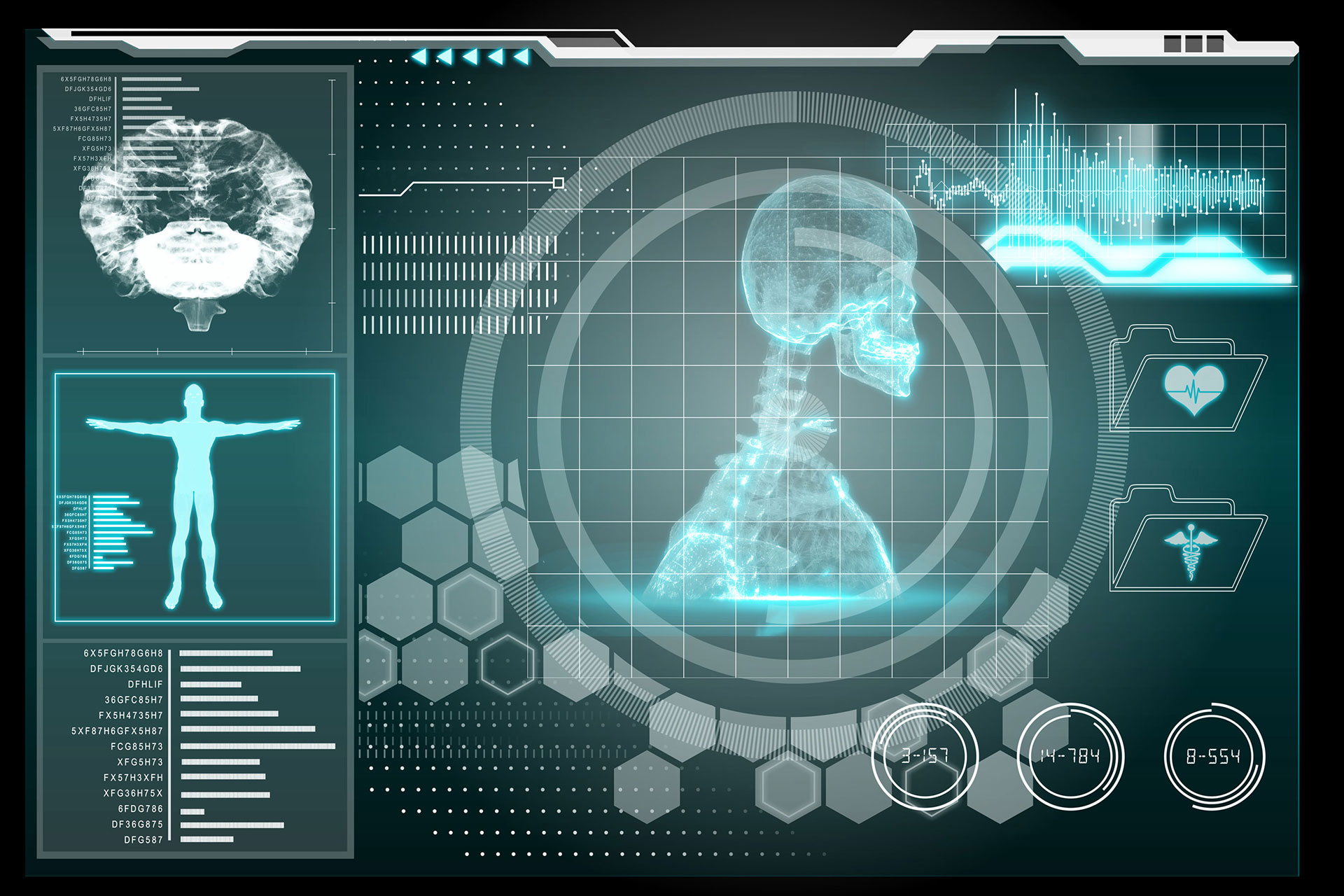„Development of Brain-Computer-Interface to control functions of a car“
Background
Development of an Android/iOS-App connected with a wearable, wireless EEG-Headband (MUSE) to enable the driver to control certain functions of the car by brain activity („with his thoughts“). The generated inputs/orders („next song“, „answer call“) should be displayed in the app for now, in the future being directly received by the car. This will improve safety and comfort while driving the car.
Problem
The EEG shows the electrical brain activity and thus provides objective information about brain function and levels of arousal. Activity patterns in different areas of the brain can be monitored. It is not possible to actually read the mind or individual thoughts, but some specific individual patterns of activity can be recognized and recreated by a person. Giving orders with the brain would be based on voluntarily creating these activity patterns.
A use case in a car: certain patterns, which can be easily created by the driver (after a calibration process) could control functions of the car. It is important to explore the complexity and the extend of this, and how much is possible without hours of training.
This brain-computer-interface could make the driving experience more convenient and intuitive, and also enable people with disabilities to access some functions at all.
Actual Challenge
The EEG-Amplifiers (Producer MUSE) will be provided by brainboost Neurofeedback, as well as the Android tablets (Samsung Galaxy Tab). MUSE is offering an open and comprehensive API and SDK: www.choosemuse.com/developer-kit.
Brainboost Neurofeedback will also offer know-how about EEG parameters and promising approaches.
The Hackathon team will need to build an app with a connection to the MUSE-Headband, analyzing specific EEG parameters and generating commands out of them. Skills and experience with data/pattern analysis and machine learning will be useful.
